OLA 2012 – Session 1303 – Roll Your Own ePub
Speakers: Diane Bédard, Program Manager, Knowledge Ontario; Walter Lewis, Information Architect, Knowledge Ontario
Almost any document can be created or converted as a shareable e-pub. Free and open-source tools are available. See these simple steps demonstrated and consider what you might want to release in e-pub format.
My last session at the OLA 2012 Conference was dedicated to ePubs. Topics included: background and current iterations, plans for the future of the standard, and how to roll your own ePubs.
 International Digital Publishing Forum – the group behind the ePub standard
International Digital Publishing Forum – the group behind the ePub standard
The group behind the ePub format, IDPF, is a trades group, not a standards body. Members include Google, Adobe, OverDrive, Kobo, Sony, World Health Organization, Random House, and DAISY (full members list at http://idpf.org/membership/members). Hardware companies, publishers, and stakeholders interested in accessibility and education—the range of membership represents broad interest in having the format work for everyone. However, the standard is being pushed into new directions, and new problems are appearing on the horizon.
The current ePub 2 standard is somewhat similar to the HTML standard that underpins the web—an ePub file need only be produced once and it should be able to be read anywhere. The same file can work on lots of devices. The file is screen agnostic, and text can flow effectively no matter the size of the screen.
This flexibility has its problems, especially in the scholarly world dependent on footnotes, endnotes, and citations (page numbering is a problem in the reflowing text feature of ePubs).
 ePub
ePub
On October 11, 2011, ePub 3 was unveiled (http://idpf.org/epub/30/spec/epub30-overview.html). It is based on XHTML—essentially it’s packaged web content that allows for a full range of media options, such as audio, video, and colour. It introduced fixed layout—which is what PDF files are all about. Fixed layout would make ePub 3 a good format for large screen tablets, but existing e-reader devices would have difficulty with the new format.
The software complexity and scripting capabilities of ePub 3 also reintroduces the problem of viruses. The XHTML core of ePub 3 means that modern browsers (HTML5 capable) might be able to render the content (particularly book-like features not possible in ePub 2 like sidebars and images rendered together with their captions). There was a suggestion that future e-reader software will be more like repurposed web browsers than specially built applications (like Adobe Digital Editions).
The format wars reappear…
The only ePub 3 application today is the Apple iBook 2 app for the iPad. This is Apple’s version of the “embrace and extend” tactic often used by Microsoft—take an existing standard and add proprietary features that will only work on the company’s products.
Apple claims that its recently announced iBooks 2 format will reinvent the textbook. The Apple iBook 2 format, with its fixed layout based on ePub 3, is a good fit for the iPad, and is targeted at the textbook market. Controlling the iBook format features is not done through the app itself, but through the iPad standard controls for fonts and accessibility. Apple has not waited for the ePub 3 to be widely adopted– it has proceeded to utilize the new standard for its own devices.
 iBooks – based on ePub 3, but file extension is .ibooks
iBooks – based on ePub 3, but file extension is .ibooks
Behind e-book formats like iBooks is DRM—Digital Rights Management. Not only does DRM result in tight controls over the ability to copy the file but separate applications are generally needed to access each DRM standard. DRM can alter expectations of how books should behave. For example, DRM on textbooks that have set expiries could mean the end of the used textbook market.
There are four major DRM standards for ePubs:
- Adobe Adept (used by OverDrive and Sony)
- Apple FairPlay (only available on Apple iOS devices)
- Barnes & Noble DRM (based on Adobe)
- Amazon (used by the Kindle)
This is in addition to the different e-book formats such as PDF, MobiPocket, and Microsoft Reader, each of which have variations on DRM technology. Hackers have made inroads at cracking these DRM standards. Libraries are in the position of having to depend on solid DRM technology since the whole lending concept will only work with the types of controls that DRM offers.
As an example of the range of e-book reader software that can be required, an iPad can be equipped with the iBooks reader, the OverDrive media console, and the Bluefire Reader. Stanza was considered a great reading app for Apple iOS but development on it has stopped (“Amazon Killed Stanza”).
Even with the varying formats and DRM standards, variation also exists in the degree to which publishers are committed to the lending of e-books by libraries:
VIDEO — CBCNews – Electronic Books in Libraries
“Libraries are keen to attract tech-savvy readers by lending out e-books. But publishers are making it increasingly difficult.”
Making ePubs …
A number of tools can be used to create ePubs.
The Apple world is largely self-contained with its iBook format. The application to use is iBooks Author (http://www.apple.com/ibooks-author/).
Sigil (http://code.google.com/p/sigil/) is a free ePub 2 editor.
HMTL files can be created in applications like DreamWeaver or Microsoft Word (provided the Microsoft HTML extras are removed). HTML can then be converted to ePub by programs like Calibre.
Calibre is a widely used ebook management program. It has utility as an e-book converter and packager, and it offers greater control over features like adding e-book covers.
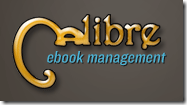 Calibre
Calibre
Validators check the structure and format of ePub files. The XHTML must be validated as well as the ePub configuration before ePub e-books will be accepted for distribution by online vendors. Two commonly used validators are Epubcheck by the IPDF and FlightCrew by the creators of Sigil.
So with an ePub created, what can one do with it? An ePub file can be posted on a web site, and when it has a URL it can have a MARC catalogue record.
An ePub can be uploaded to iBooks. If it is made to be for sale Apple will take 30%.
An ePub can also be uploaded to Amazon through Kindle Direct Publishing: https://kdp.amazon.com
There are ePub hosting sites, such as SmashWords. However, there can be legal issues and one problematic book has brought whole sites down, according to the speakers at the OLA presentation.
EPubs can also by syndicated like RSS feeds using OPDS—the Open Publication Distribution System (http://code.google.com/p/openpub/).
Upcoming issues with ePubs …
The presentation concluded with a survey of upcoming issues, which include:
– fixed layout becoming more common
– repurposed HTML5 browsers rather than reader apps will likely be used more because of the XHTML core of ePub 3
– the rise of the tablet will lead to new types of e-books with multimedia and interactive features
– DRM issues will continue
– multiple e-book apps will likely be necessary, but perhaps the systems will be smart enough to load the right app for each type of e-book file
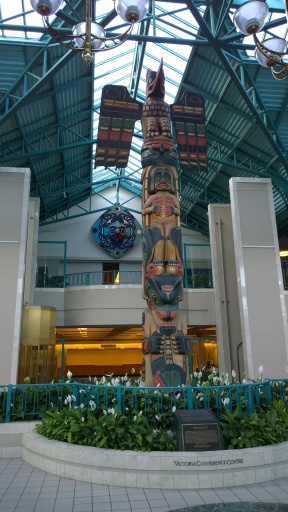

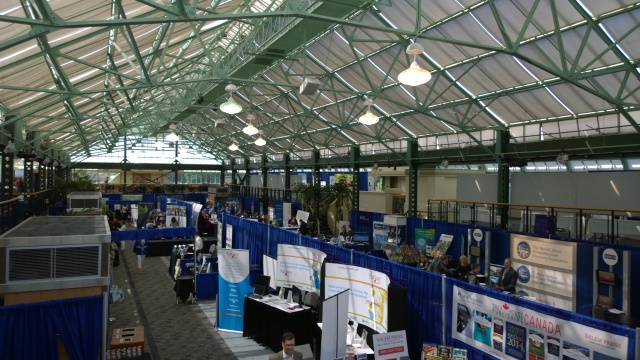

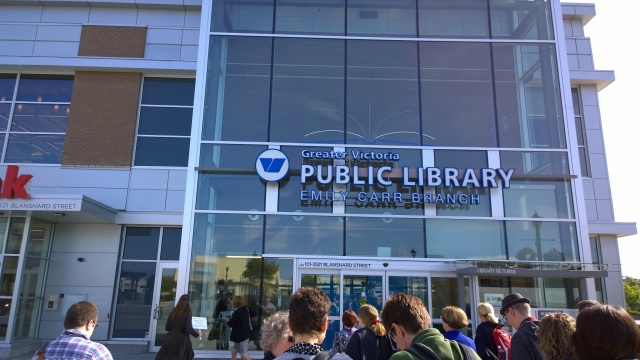
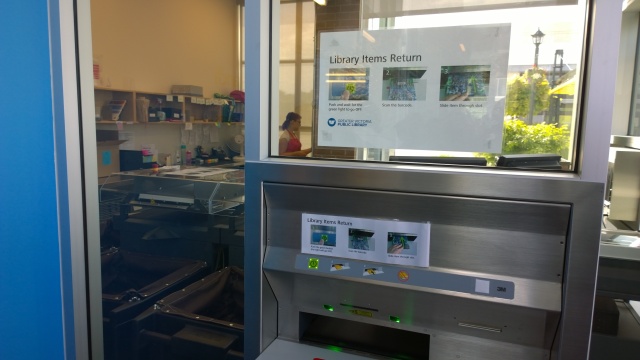
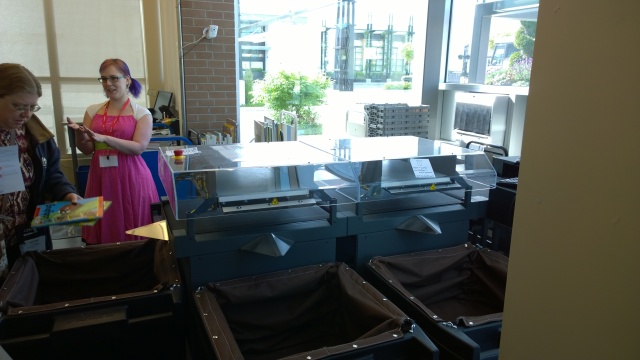
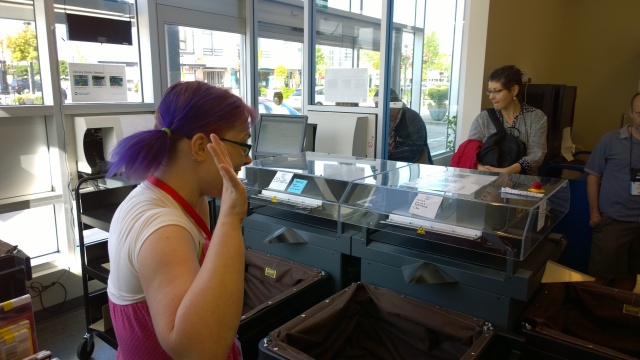
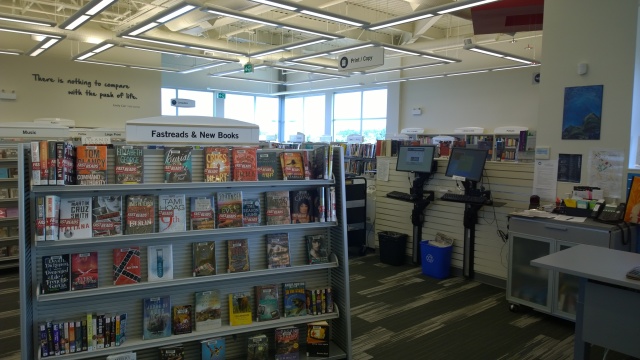

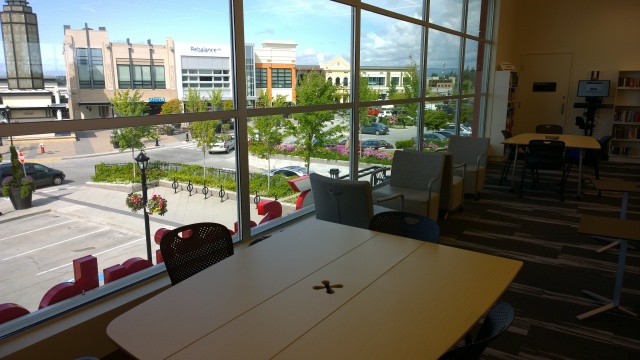
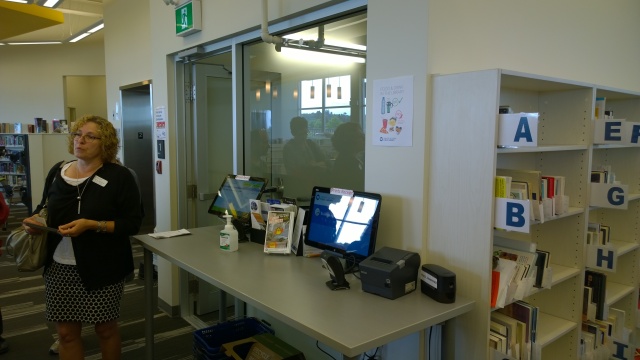
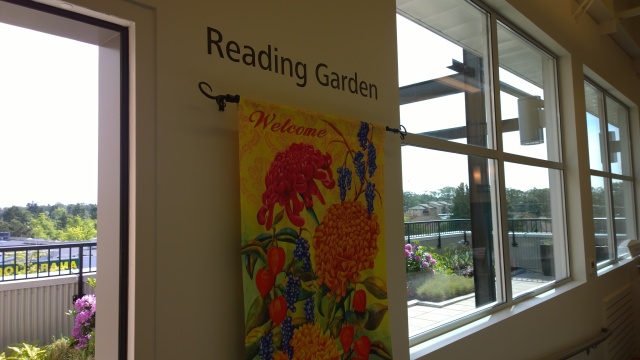

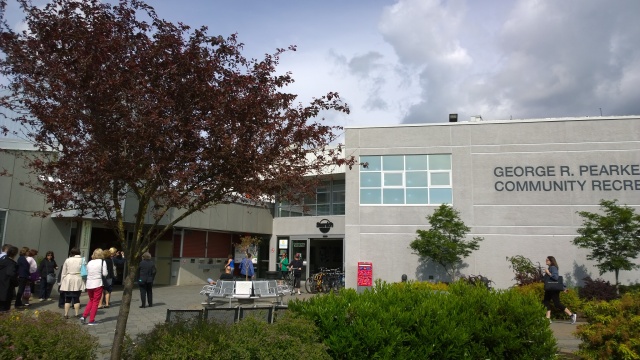
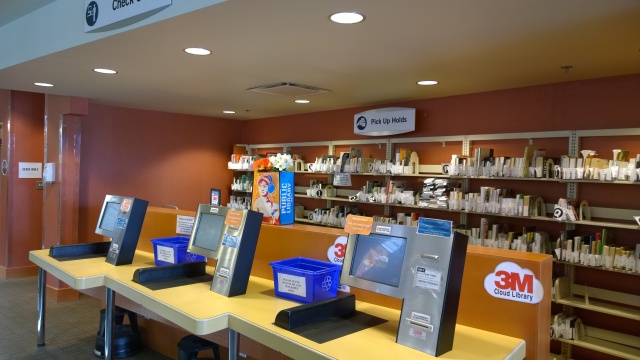
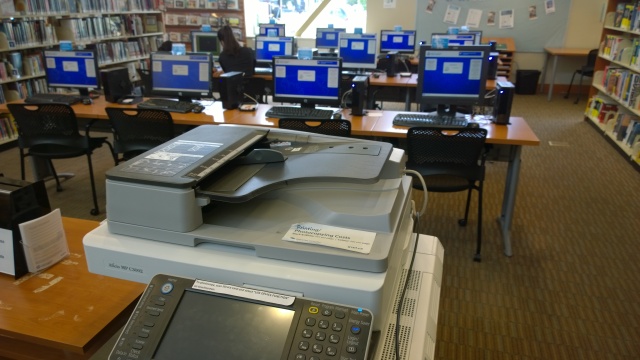

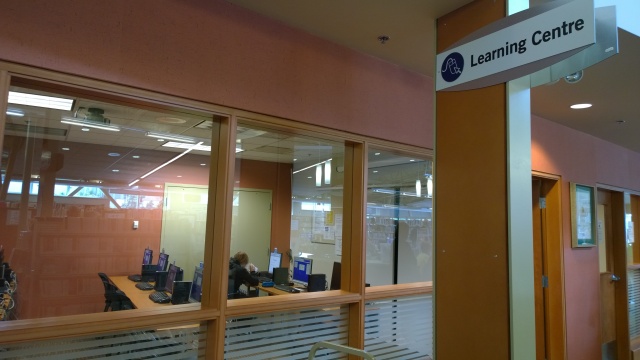


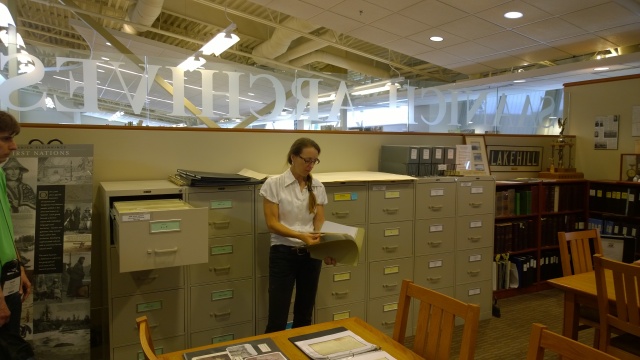
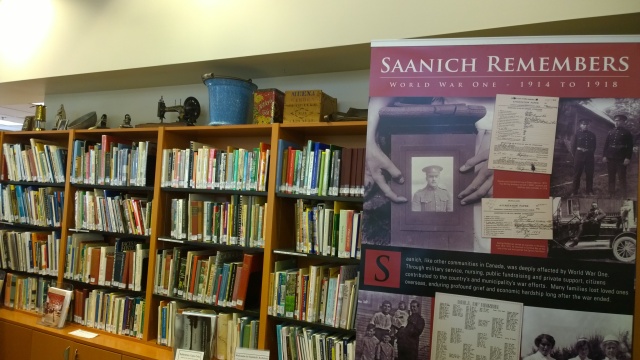
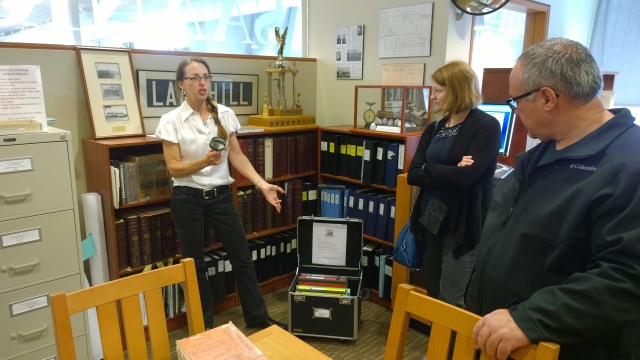
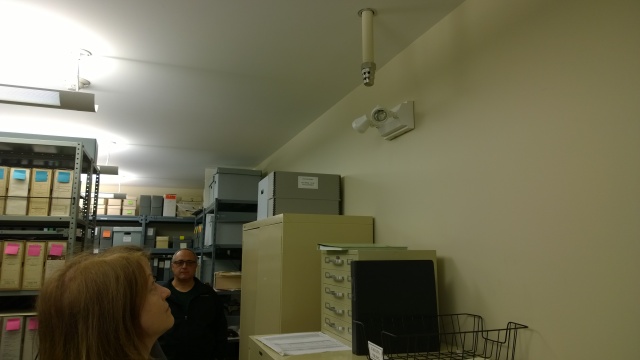
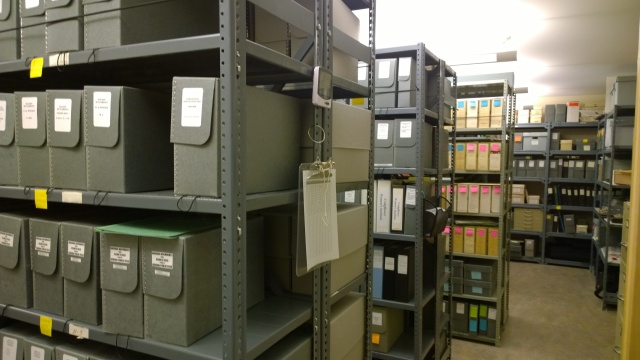
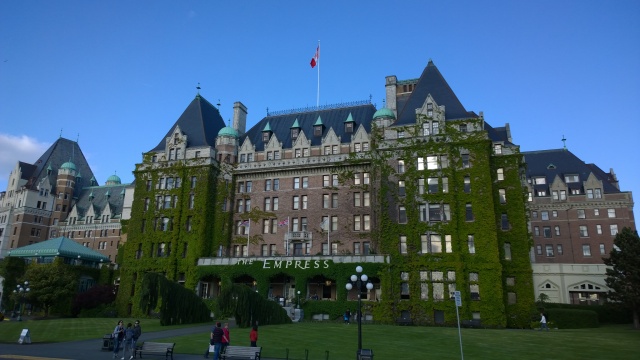

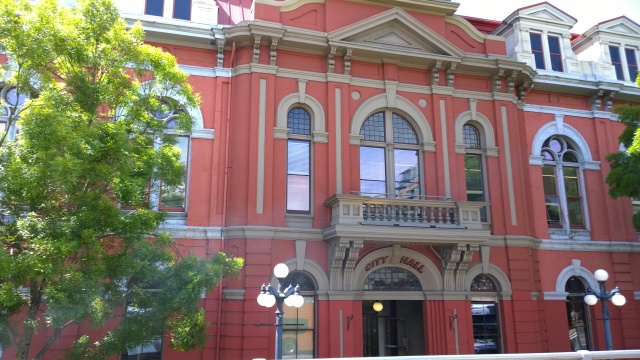
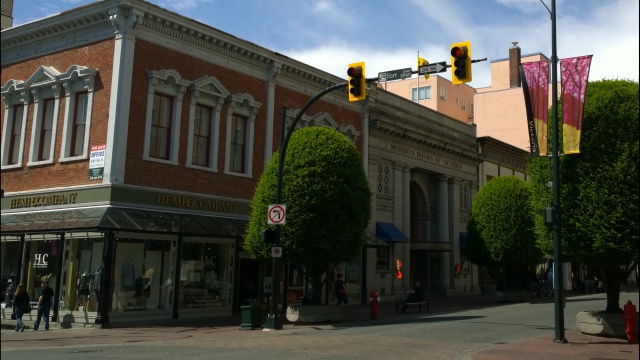

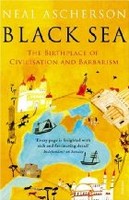


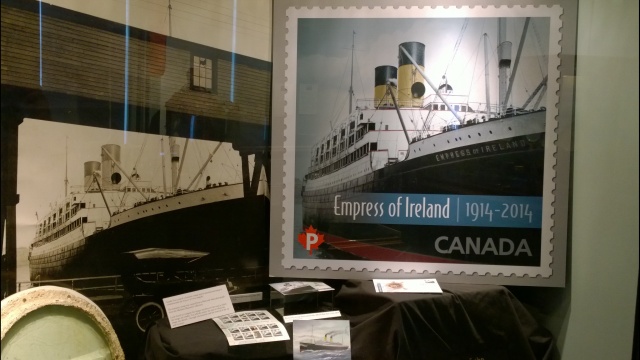








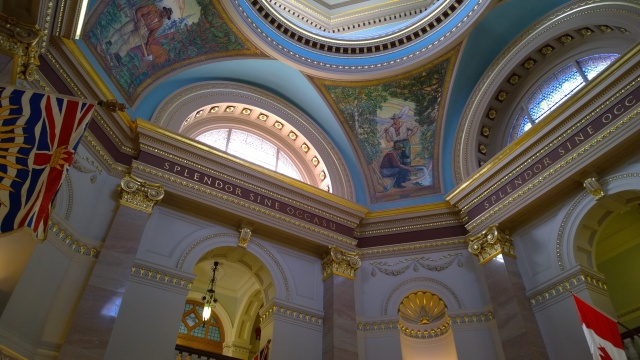
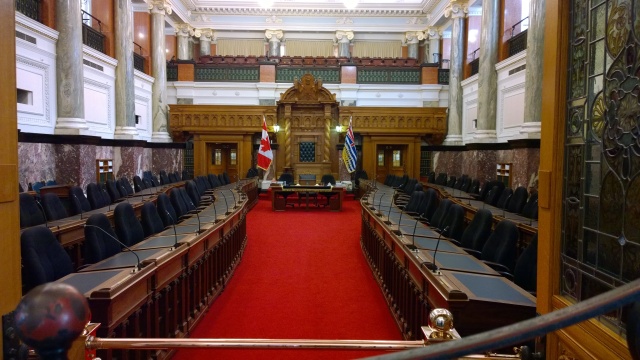





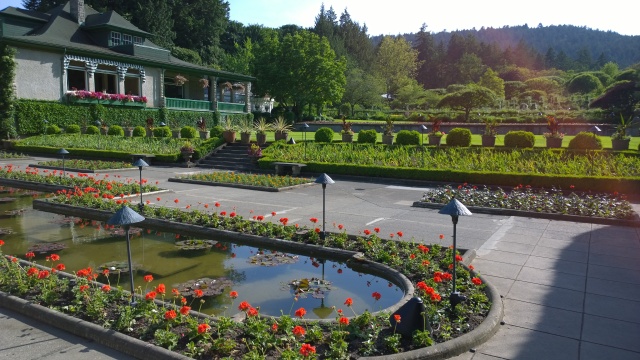



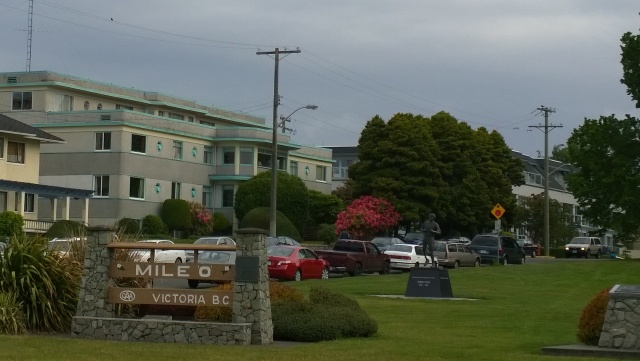








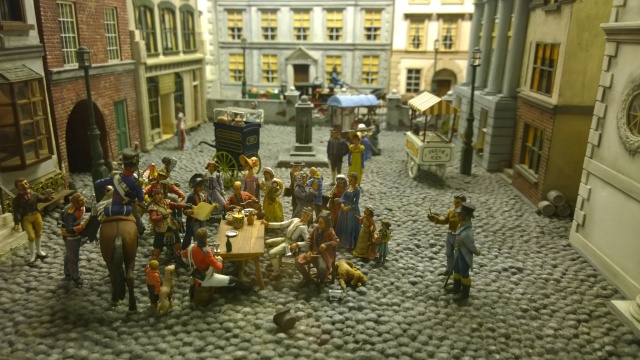
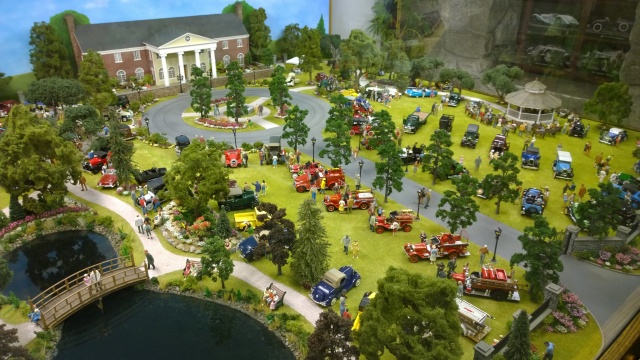
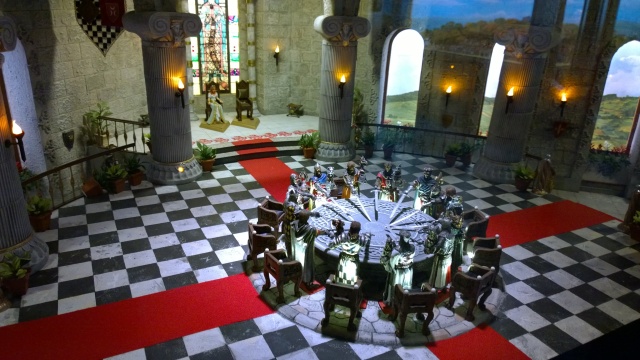












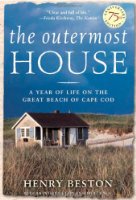



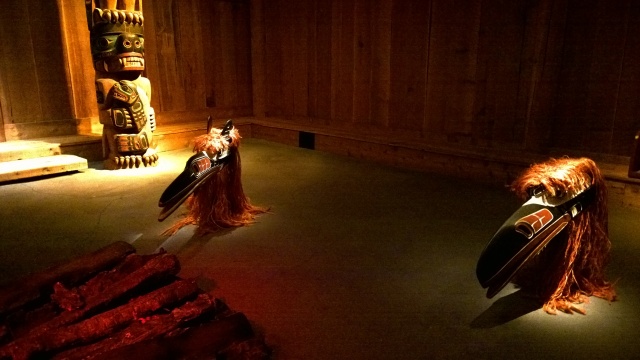

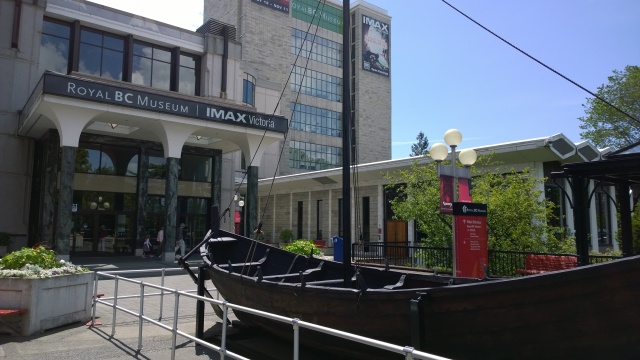
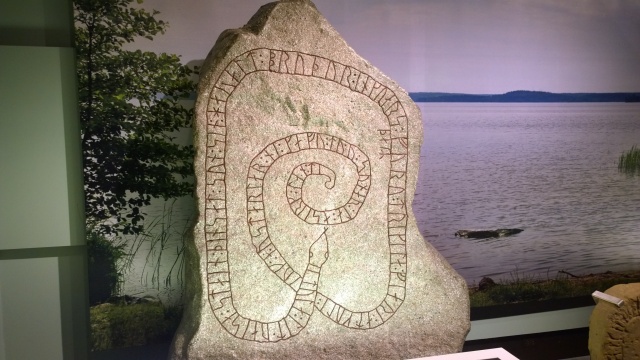








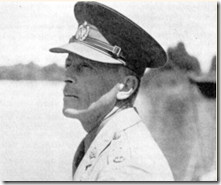
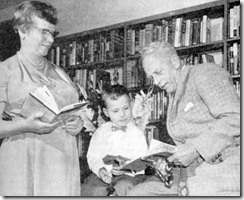


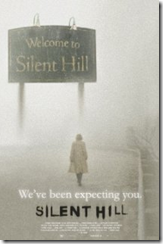




![592097_192555217444084_1380956410_n[1] 592097_192555217444084_1380956410_n[1]](https://biblioblogaroni.wordpress.com/wp-content/uploads/2012/06/592097_192555217444084_1380956410_n1.jpg?w=184&h=131)
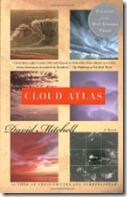





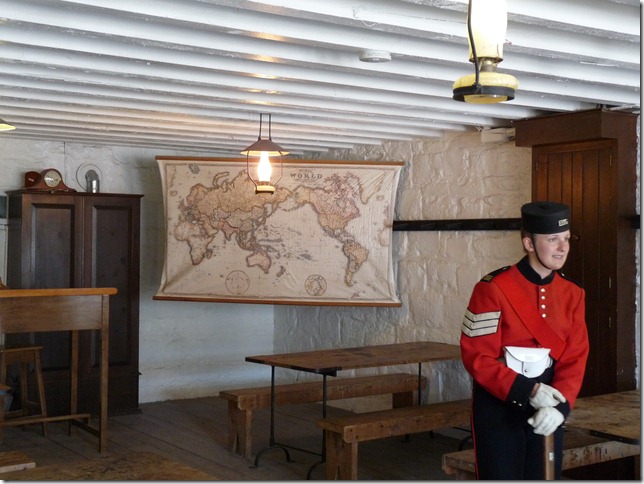

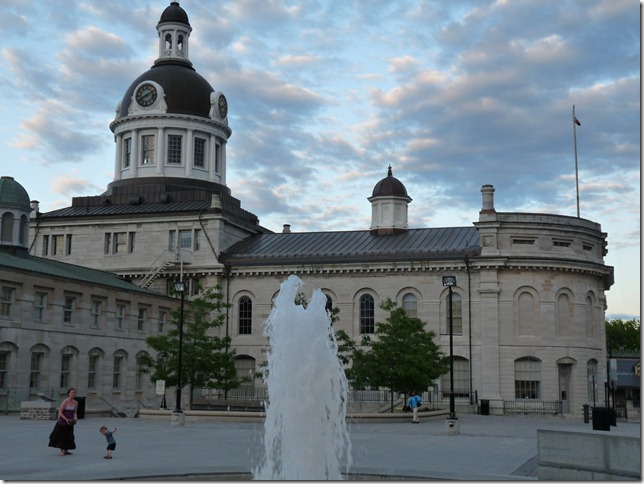

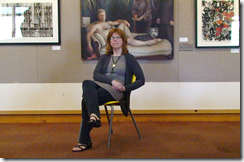
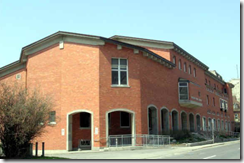





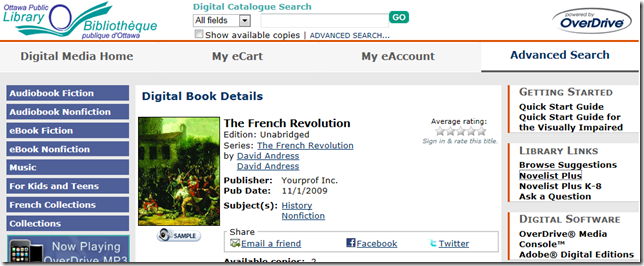
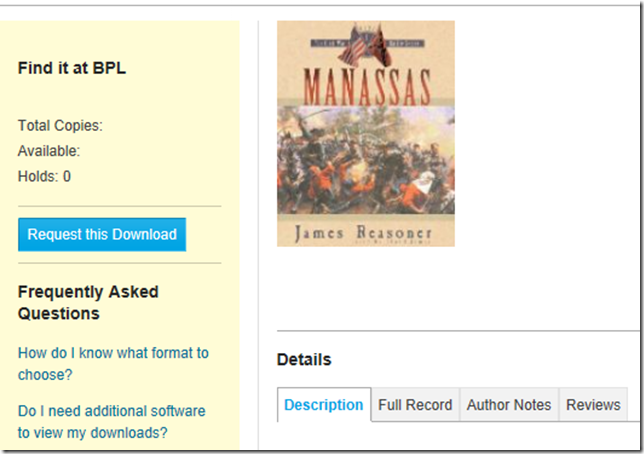

 IFLA – International Federation of Library Associations and Institutions
IFLA – International Federation of Library Associations and Institutions
You must be logged in to post a comment.